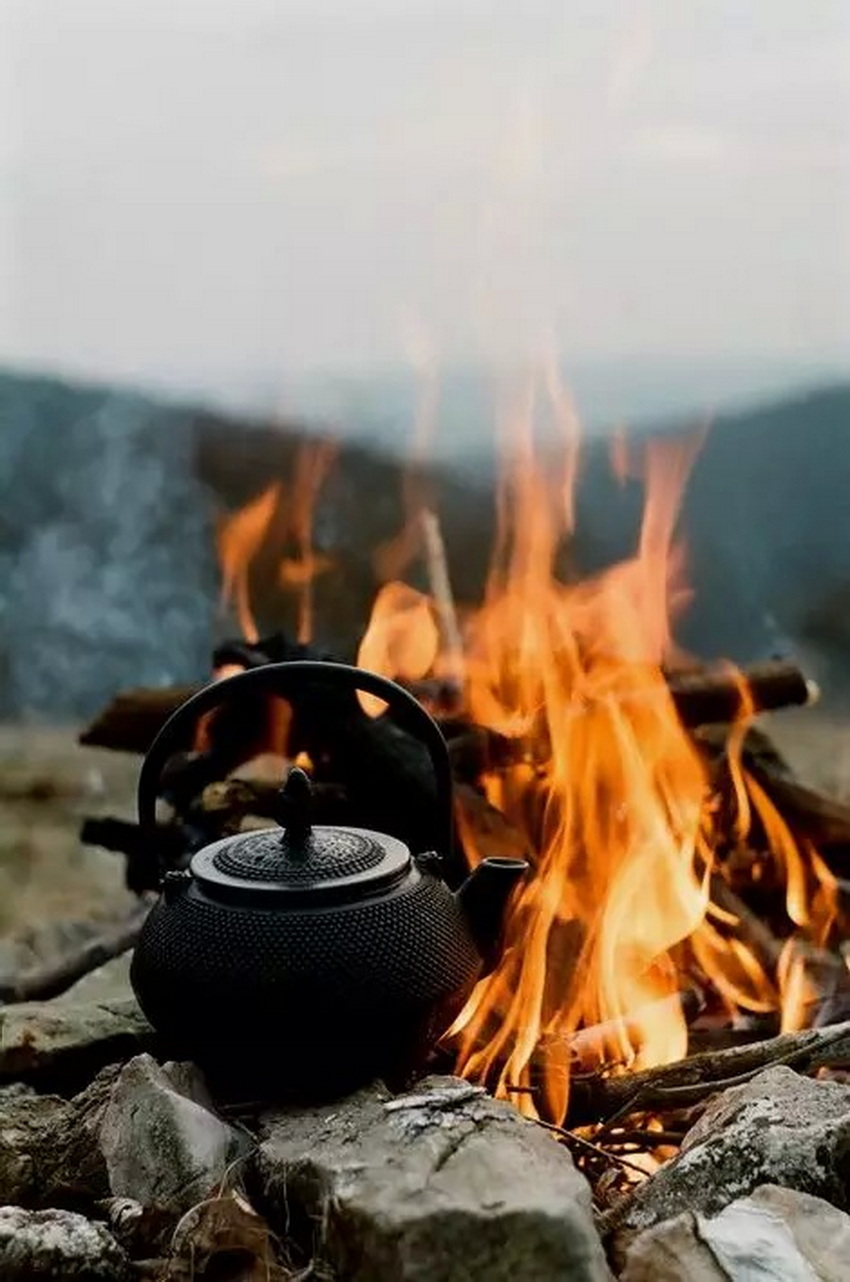![]() Windy.
Windy.
 WeChat
WeChat
 WhatsApp
WhatsApp
Click:436 seen
1. Ordinary aluminum
Advantages: Light, cheap, good thermal conductivity
Disadvantages: Aluminum is easy to react with acids and bases in food, but this situation can be avoided by anodizing. Aluminum is soft and breaks easily.
Ordinary aluminum, or anodized aluminum, is the main material of outdoor cookware, and this material is cheap, so this cookware is also cheap.
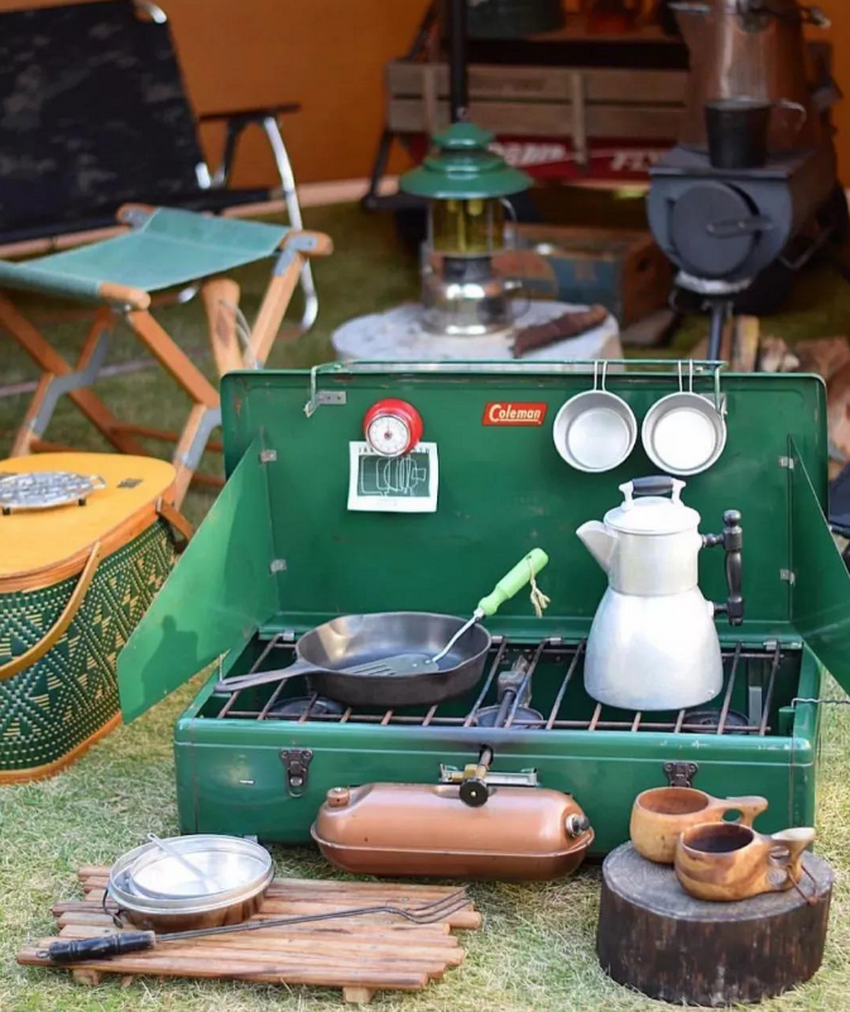
2. Anodizing and hardening aluminum
Advantages: Anodizing and hardening adds a thicker coating to the surface of the aluminum material, which is three times thicker than normal anodizing. This treatment of aluminum is more durable than ordinary aluminum or anodized aluminum.
Cons: This material tends to have a non-stick coating, requires more careful maintenance, and can be much more expensive.
Anodized and hard treated aluminum is currently the best material for outdoor cookware. It is very light and easy to clean, especially when there is a non-stick coating. It is durable and corrosion resistant.
It is slightly more expensive than ordinary aluminum cookware, generally like outdoor cooking, will be willing to buy this type of cookware.
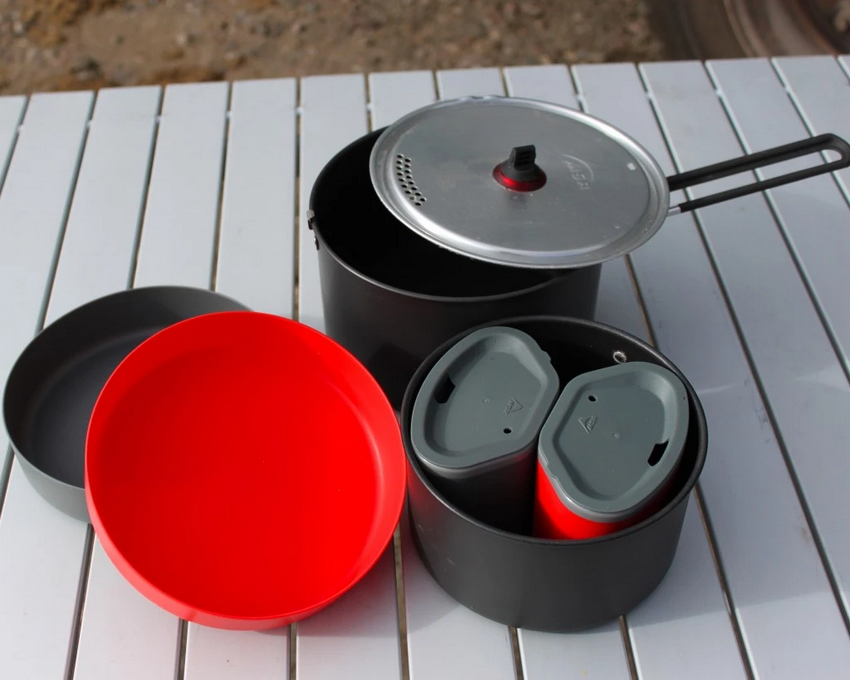
3. Titanium
Pros: Very light, very thin, heating very fast
Disadvantages: Very poor thermal conductivity, will form hot spots, very expensive
The biggest advantage of titanium is light, suitable for lightweight equipment enthusiasts. Although it is light, it is still very strong and durable.
However, the thermal conductivity of titanium is very poor, and the heat will concentrate on the place where the fire is located, and most of the time it is only suitable for boiling noodles.
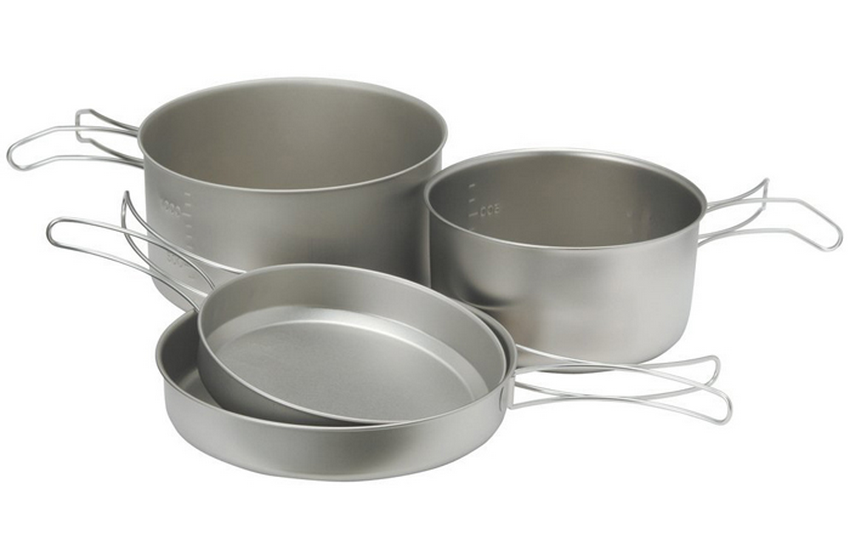
4. Stainless Steel
Advantages: Very durable and can be cleaned with a steel ball
Disadvantages: Very heavy, poor thermal conductivity
Stainless steel outdoor cookware is very strong, but relatively heavy, generally used by outdoor professionals and explorers.
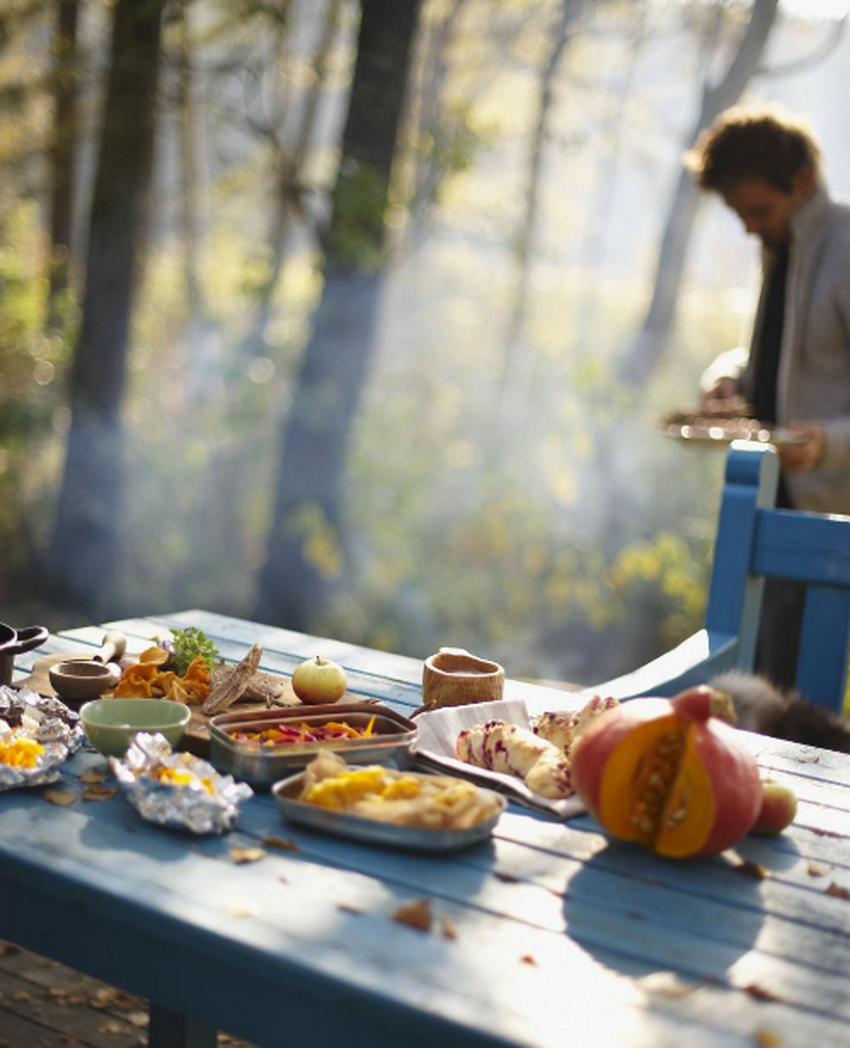
5. Cast iron
Pros: Natural non-stick, perfect cooking tool
Cons: Very heavy
This is the ultimate pursuit of outdoor cooking lovers who seek perfection.
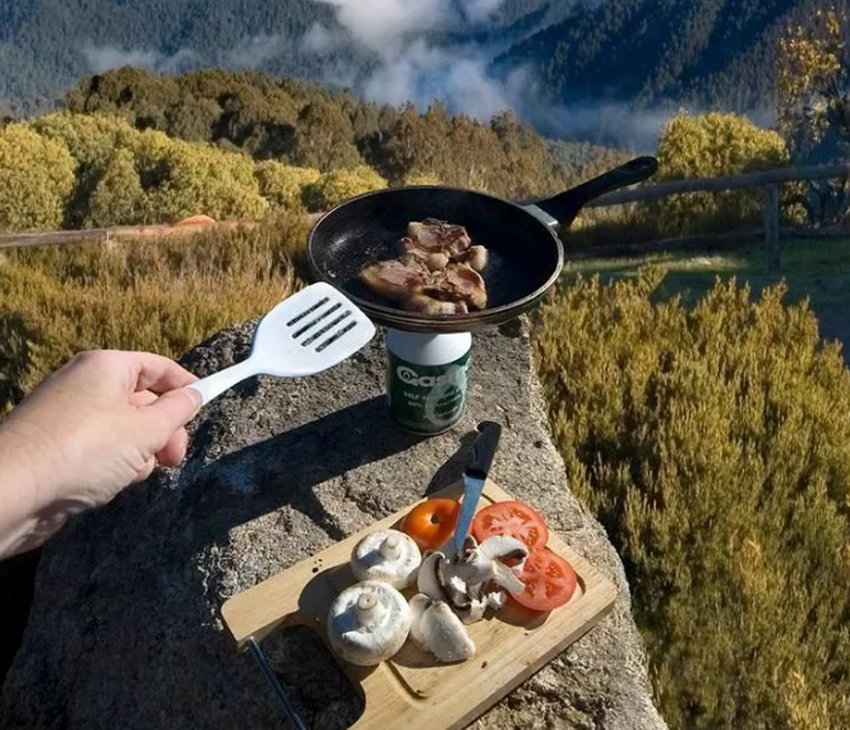
For ease of carrying, the handles of outdoor cookware can be folded, so a thoughtful design is that the handles can be fixed in the open position during cooking, and will not automatically return to the position close to the stove fire to be heated or burned. This feature is very important.
A small stove can be prepared, the best folded, easy to carry. If you need a wood stove, you'll need a folding tripod.
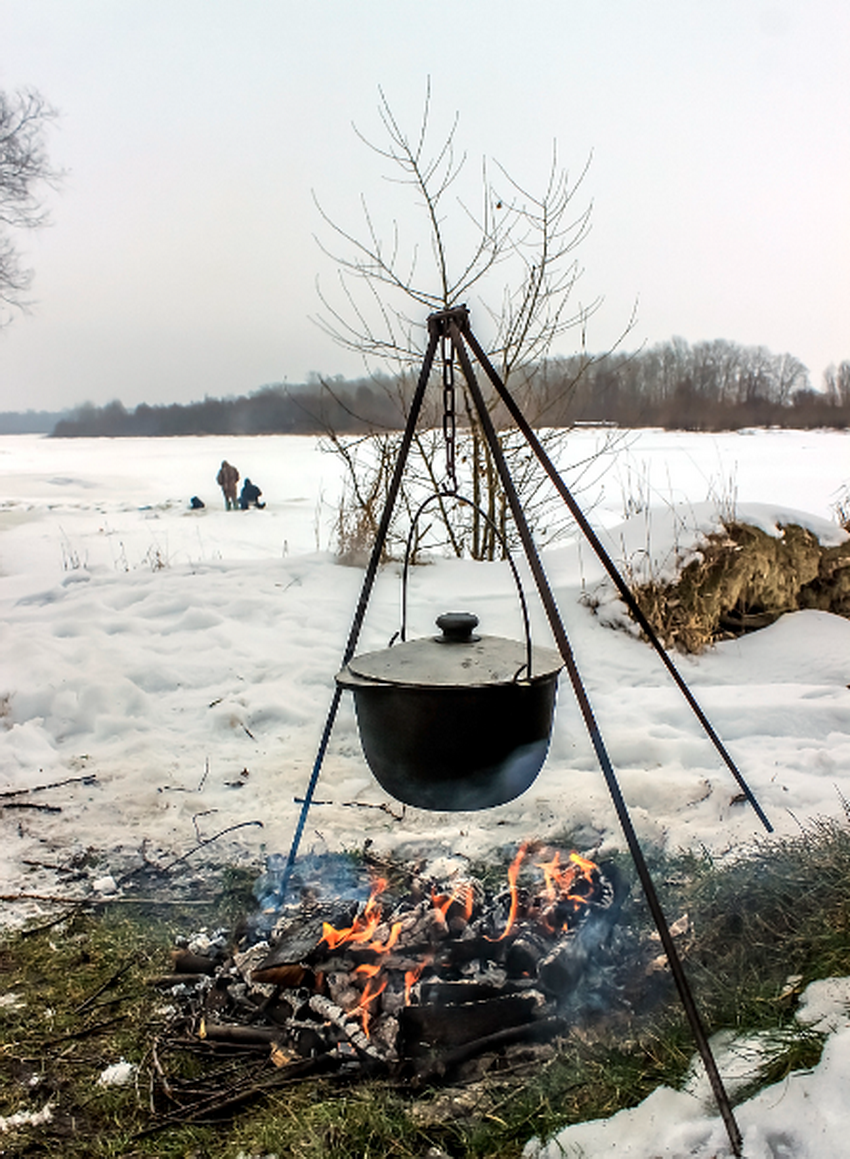
Clean your outdoor cookware after use. To protect the environment, use a cleaning agent that is biodegradable.
